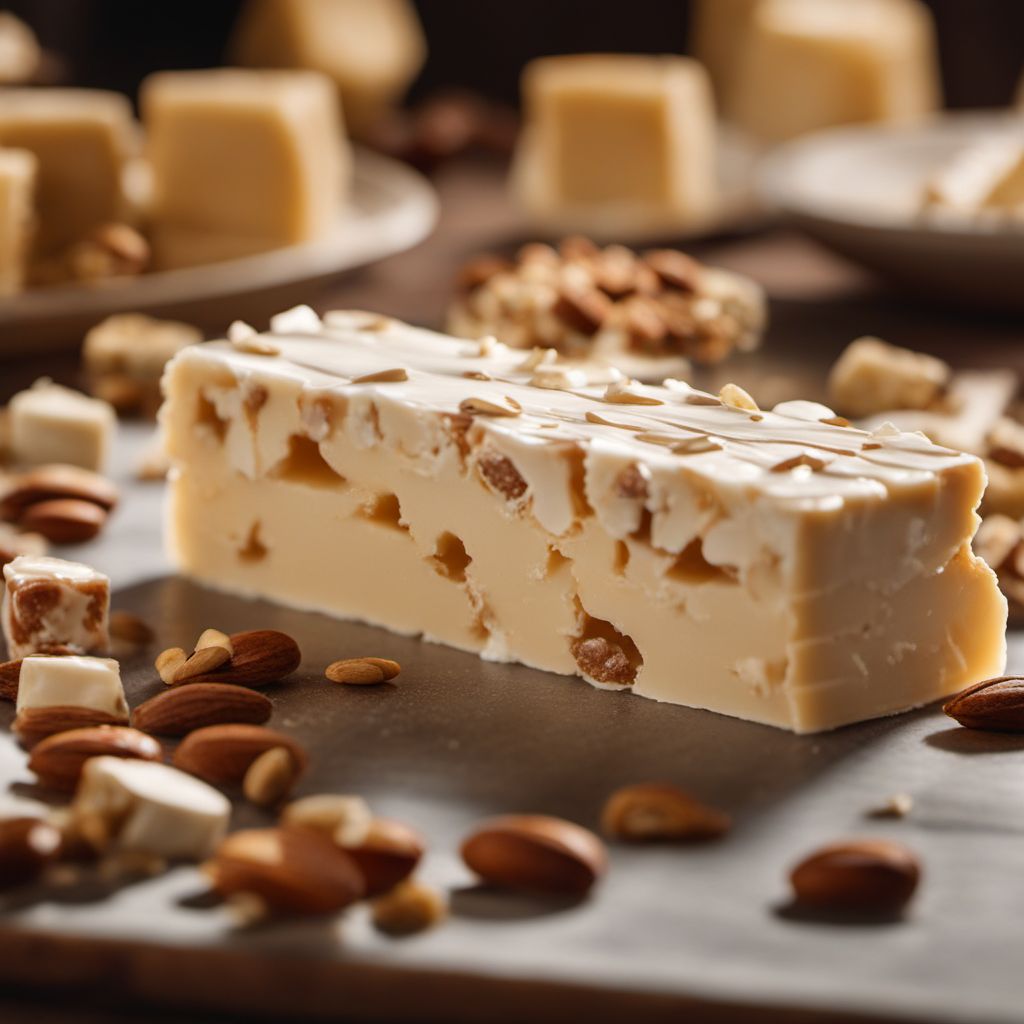
Dish
Torrone
Torrone is a sweet and chewy nougat made by mixing honey, sugar, and nuts, usually almonds or hazelnuts, and then cooking it until it thickens. The mixture is then poured into a mold and allowed to cool and set. Torrone is a popular treat in Italy and is often served during special occasions such as Christmas and weddings.
Origins and history
Torrone has been a part of Italian cuisine for centuries. It is believed that the nougat was first made in Cremona, Italy in the 15th century. The recipe has been passed down from generation to generation and is still a popular treat in Italy today.
Dietary considerations
Suitable for vegetarians and gluten-free diets. May contain nuts.
Variations
There are many variations of torrone, depending on the type of nuts used and the amount of honey and sugar added. Some recipes also call for the addition of spices such as cinnamon or vanilla.
Presentation and garnishing
Torrone is traditionally served on a plate, garnished with fresh fruit or nuts. To prevent the torrone from sticking to the mold, it is important to grease the mold with butter or oil before pouring in the mixture.
Tips & Tricks
Torrone can be difficult to cut cleanly. To make it easier, dip a sharp knife in hot water before cutting.
Side-dishes
Torrone can be served as a dessert on its own or with a dollop of whipped cream or ice cream. It can also be paired with coffee or a sweet dessert wine.
Drink pairings
Torrone goes well with coffee or a sweet dessert wine.
Delicious Torrone recipes
More dishes from this category... Browse all »

Aamras
Indian cuisine

Aasmi
Indian cuisine

Agra petha
Indian cuisine

Aiyùbīng
Taiwanese cuisine

Ajdnek
Slovenian cuisine

Akafuku
Japanese cuisine

Akanés
Greek cuisine
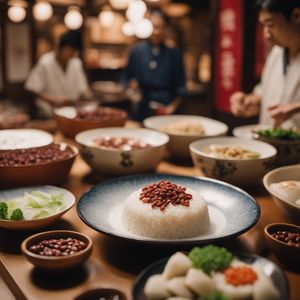
Akumaki
Japanese cuisine
More cuisines from this region... Browse all »
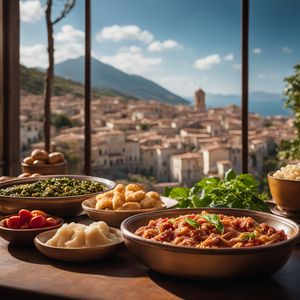
Abruzzese and Molisan cuisine
Savory, Earthy, Rustic, Hearty

Apulian cuisine
Fresh, Savory, Rustic, Simple
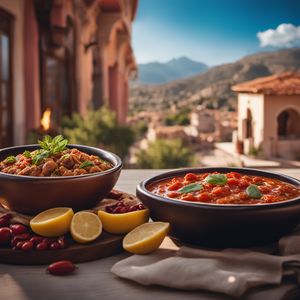
Arbëreshë cuisine
Savory, Tangy, Herbaceous, Spicy

Basilicatan (Lucanian) cuisine
Savory, Earthy, Rustic, Hearty
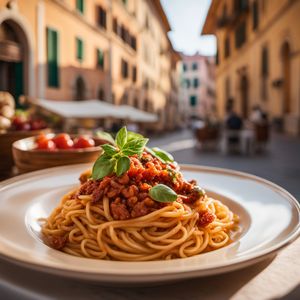
Ligurian cuisine
Light, Delicate, Herbaceous, Salty

Lombard cuisine
Rich, Savory, Meaty, Cheesy
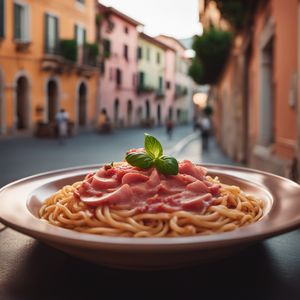
Neapolitan cuisine
Bold, Savory, Spicy, Tangy, Fresh
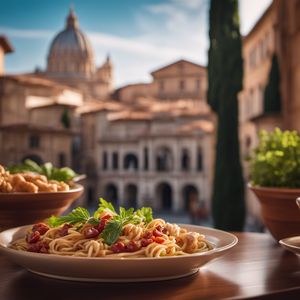
Roman cuisine
Fresh, Light, Herbaceous, Tangy, Savory

